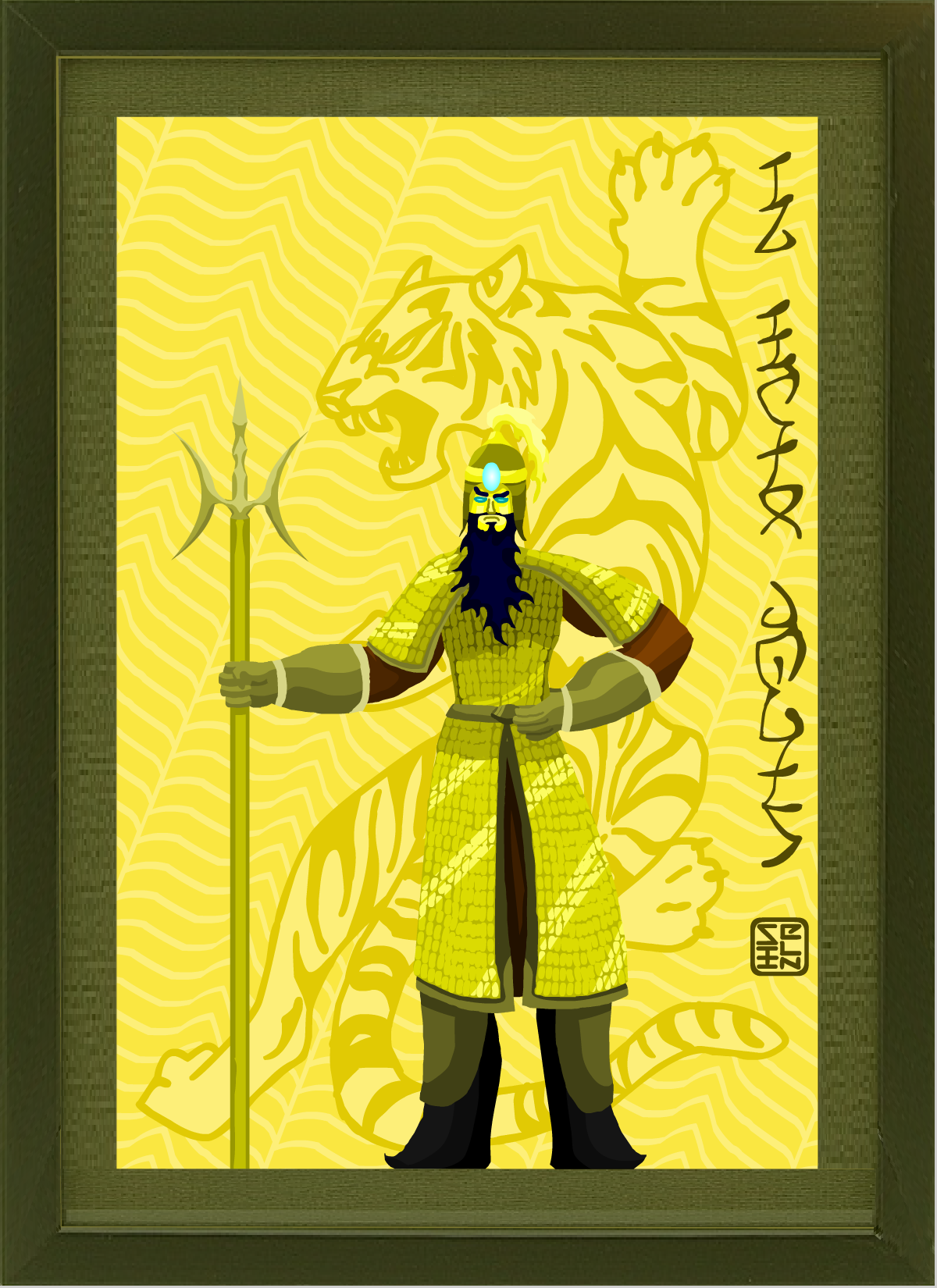The patron deity of the northern nation Batol-Ruan is the Golden Warrior, a fierce, powerful, and shining god. As implied by his title, the Ruanese people learned much of the ways of war from his teachings, and became a formidable military might during the late First Era, coming into frequent conflict with the declining Rivok Empire and various other Meimeran nations.
Part of the Golden Warrior's contribution to his chosen people were the war beasts, enormous magically-mutated animals well suited for conquest. Typically coming in horse, wolf, and tiger varieties, these creatures fought alongside their human masters, laying waste to armies on the ancient battlefield.
Over time, worship of the Golden Warrior became blended with the religious observances of other Meimeran people, culminating in his integration with the Meimeran polytheistic pantheon known as the Xashaormei Court. Under the rule of the neighboring god the Jade Emperor, the Warrior took the role of the Court's General and the position of Chief Over Heaven's Armies. While he was still connected in various ways to the culture and practices of Batol-Ruan, his influence was now spread across the diverse Meimeran landscape, where countless other civilizations could benefit from his guidance.
Though enemies of the Ruanese people often portrayed the Golden Warrior as a bloodthirsty god, the Warrior espoused various virtues to his followers, such as nobility, adherence to law, belief and diligence in fair justice, and courage in the defense of the weak. In myths, the Warrior would appear in various mortal guises to further educate his people, as well as to familiarize himself with a mortal way of life. One such supposed incarnation was the barbarian-hero Kalynust, dressed in a shining robe made from tiger pelts, and wielding a golden trident that could spit fire and cast lightning.
-Wesley






